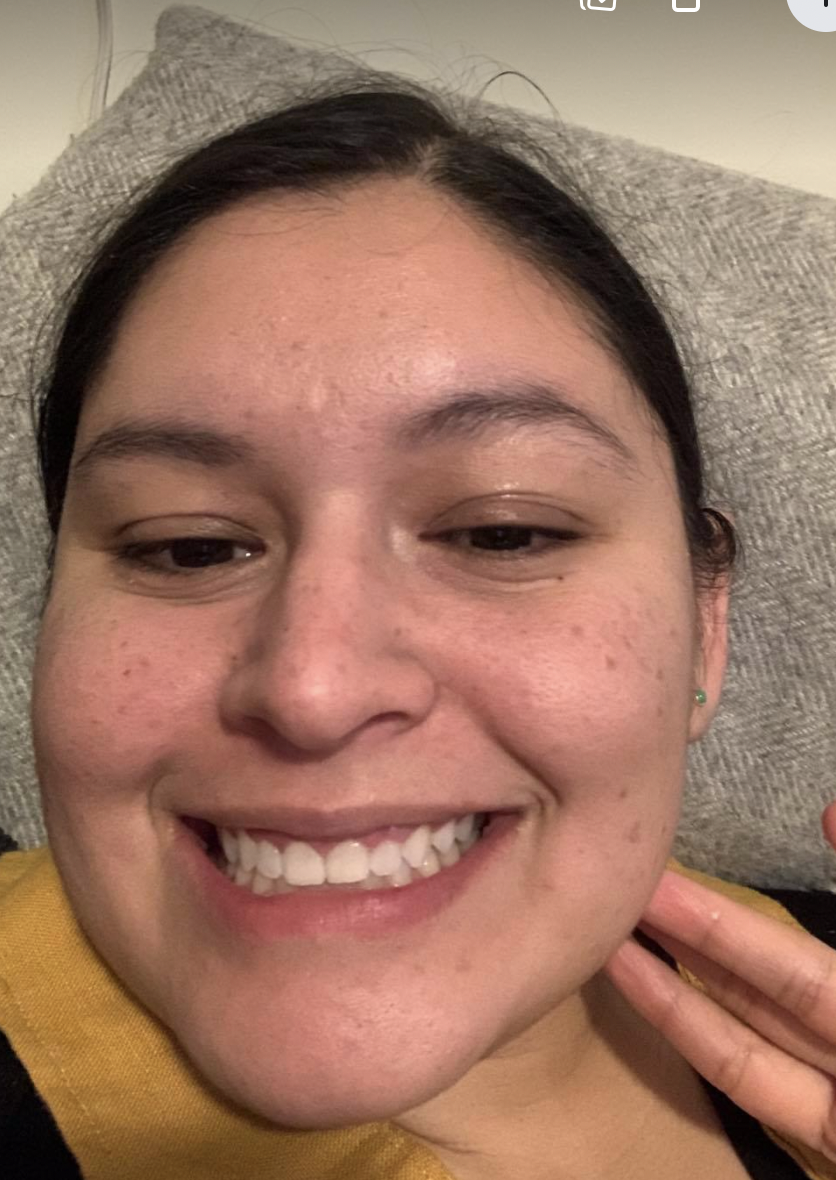In 2017, I spent six-thousand dollars and two years straightening my teeth by using Invisalign. I had a major overbite, but my motivation wasn’t even the overbite: I had gaps between my top front teeth that I didn’t like, and this is what I wanted to change. Invisalign would tackle both the spacing issue and my overbite.
If you haven’t heard of Invisalign, here’s an overview from AskTheDentist, a dentistry website co-founded by one of our other writers on Ten Minutes Away:
“Invisalign is a method of straightening teeth that, unlike braces, has made its name in the industry for being “invisible.” Invisalign isn’t completely invisible, though. It is, however, a functional and aesthetic option that uses incremental transparent aligners to straighten and realign teeth without the obvious physical appearance of braces. It is, in many cases, an aesthetic improvement over conventional braces.”
Looking back at my treatment, there are a few things I wish I had known beforehand. Though I chose to go with Invisalign, these points would apply to any orthodontic treatment you’re undertaking.
1. Make sure orthodontia will solve what you’re trying to solve
Yes, I had a gap, but what actually made me self-conscious about my smile was the gumminess. I had very small teeth, and a big smile that showed a lot of the gumline above my top teeth. The orthodontist set my expectations correctly, saying that Invisalign may have a minor impact by adjusting my bite, but that I would need a gingivectomy procedure (laser removal of gum tissue to reveal more tooth) if I really wanted to do something about the gumminess.
After the invisalign, my overbite did improve a few millimeters, but it didn’t do anything about the gumminess over my top teeth, and I continued to be self-conscious about that. Years later, I did get the gingivectomy, which was over 10x cheaper than Invisalign, and took about 2 hours versus two years of wearing aligners.
Get Dr. B’s Dental Health Tips
Free weekly dental health advice in your inbox, plus 10 Insider Secrets to Dental Care as a free download when you sign up


2. Check the terms of your insurance
If you’re lucky enough to have a job that has dental insurance, find out if any orthodontic work is covered. If it is, there’s often a lifetime maximum the insurance will contribute toward orthodontic work. My job had two tiers of dental insurance, and one of them covered 50% more orthodontic work for the price of slightly higher premiums. I did the math, and it was worth it.
What I didn’t do was read the fine print: I had to pay the upgraded premiums for the duration of my treatment. My orthodontic treatment lasted two years, but I only upgraded my insurance for the first year. This means I ultimately paid higher premiums for no additional coverage, since my insurance wasn’t billed until the treatment was complete.
3. Treatment length estimates are automated
A big selling point on Invisalign, aside from the clear aligners, was the reasonably short 12-16 months of treatment time. This is the rough timeline I got from different orthodontists, but they all ended up being inaccurate. My teeth just took longer to move. I wish I knew that the treatment plans are not totally accurate, and the results may not match the simulated “post-treatment” images.
In my case, my teeth moved significantly slower than the estimate. I was so off-pace that my orthodontist ordered a “refinement”: he sent in an updated imaging of my teeth to Invisalign for an updated treatment plan halfway through, to get a better estimate of timing and final result.
Many months beyond the estimated treatment time, the spaces were closed and my bite was improved, but I definitely still had an overbite. Eventually, I was desperate to be done and settled for less-than-perfect because I was so tired of the treatment. I could have pushed to continue the treatment until my teeth were in their best possible state, but I had no idea how long that would take, or if it was even possible. In the end, I still have an overbite but I believe it was the “best” that Invisalign could achieve.
4. You may need to wear your retainer FOREVER
Years after treatment, I still need to wear my retainer every. single. night. As someone who still needs to be reminded to floss, it’s a big deal to have this added step every night. If I skip a couple of nights, I notice a space between my two front teeth within days.
I’m going to be in a battle against my teeth moving back to where they want to be for the rest of my life, and I wish I had realized that before starting Invisalign. Lucky (?) for me, I grind my teeth at night, so I benefit from wearing the retainer anyway.
And I do love my smile now!






